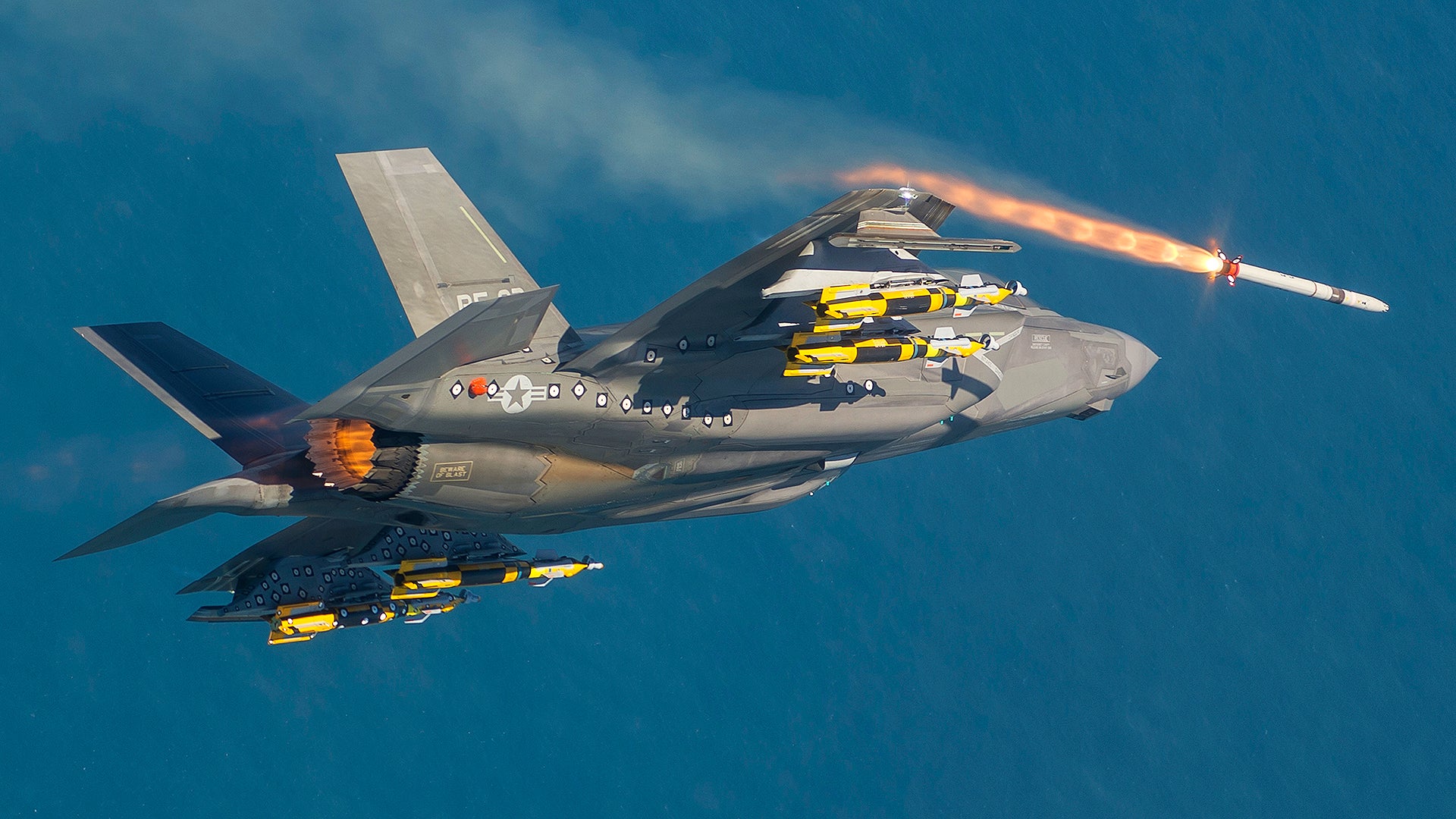aonestudio
I really should change my personal text
- Joined
- 11 March 2018
- Messages
- 2,541
- Reaction score
- 5,918
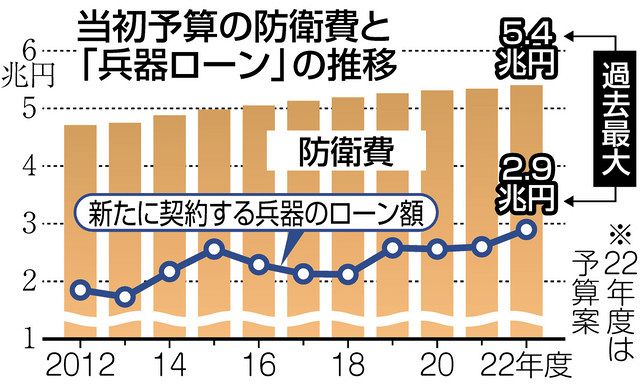
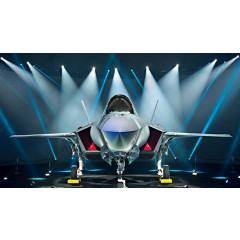
 www.defenseworld.net
www.defenseworld.net
50 million dollars, that’s not going to go far in F35 world, either it’s removing a function, or adding a very small function.Maybe a lower tech, more export-friendly variant for countries like Turkey, UAE and India? Turkey in particular, as they were barred from the original variants despite being involved in the project early on.
Otherwise I don't know what operator would warant a dedicated variant.
It's reported for a particular customer so I doubt that it is a new 'broad' variant. Moreover, I can't see anyone taking up such a development even if it did exist - shades of F-16/79 anyone?Maybe a lower tech, more export-friendly variant for countries like Turkey, UAE and India?
I thought Norway already has this?Maybe equipping with a drag chute?
They do. They had a develop the system for it at LM especially that it didn’t compromise the stealth characteristics, so I imagine this will be something similar.I thought Norway already has this?Maybe equipping with a drag chute?
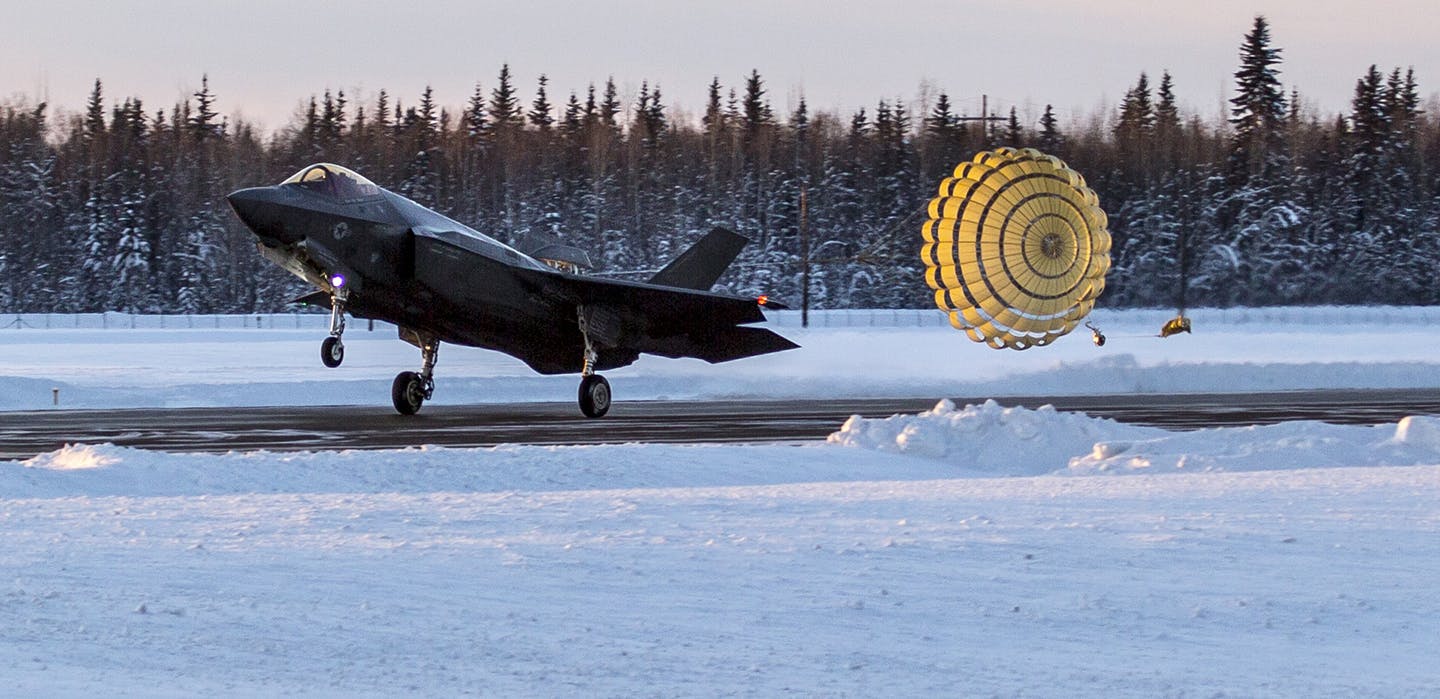
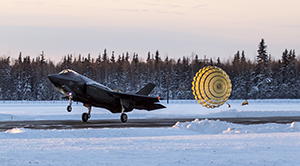
The stealth guys will be going nuts. Can you fit it in a pod?Add a search light, like Finnish and Swiss Hornets have? That might be major, though.
I think its visual confirmation, during air policing, i.e. it is a civil 747 not a C-135 recon etc. Also tends to wake up the crew.....Why would you need a searchlight these days?
We maybe have different interpretations of visual? The DAS will give him an indication of what aircraft it is, but at night in peacetime, before shooting down 400 civilians, it might be useful to light it up, in the visible spectrum, A wakes up the crew, and B its hard to disguise a military recon as a civil flight, easy to do by flight ID's, not visually.Visual confirmation could be done using much more modern DAS these days.
But they were fitted with such back in the early 1980s. My point is that technology has moved on in the subsequent 40 odd yrs and that the same requirement can be achieved by different means now. Either way, I am confident that we won't be seeing a big spotlight fitted to any F-35s in the future.RCAF F-18's also have the search light.
It is not so much a matter a night vision systems, it is a matter of policing rules for intercepting traffic in peacetime.Please, remember that we have generally switched toward diode lights. Dedicated Spot lights are then not that as much a necessity as they were before. If it comes to providing light to an intercepted a/c (since most fighters have now much better low vis/night vision system), mostly it will be for general aviation incidents where most probably the landing gear could be lowered with to use of the landing lights.
I was just mentioning it because it's often overlooked. But also the Swiss and Finnish aircraft were also fitted with the light about the same time.But they were fitted with such back in the early 1980s. My point is that technology has moved on in the subsequent 40 odd yrs and that the same requirement can be achieved by different means now. Either way, I am confident that we won't be seeing a big spotlight fitted to any F-35s in the future.RCAF F-18's also have the search light.
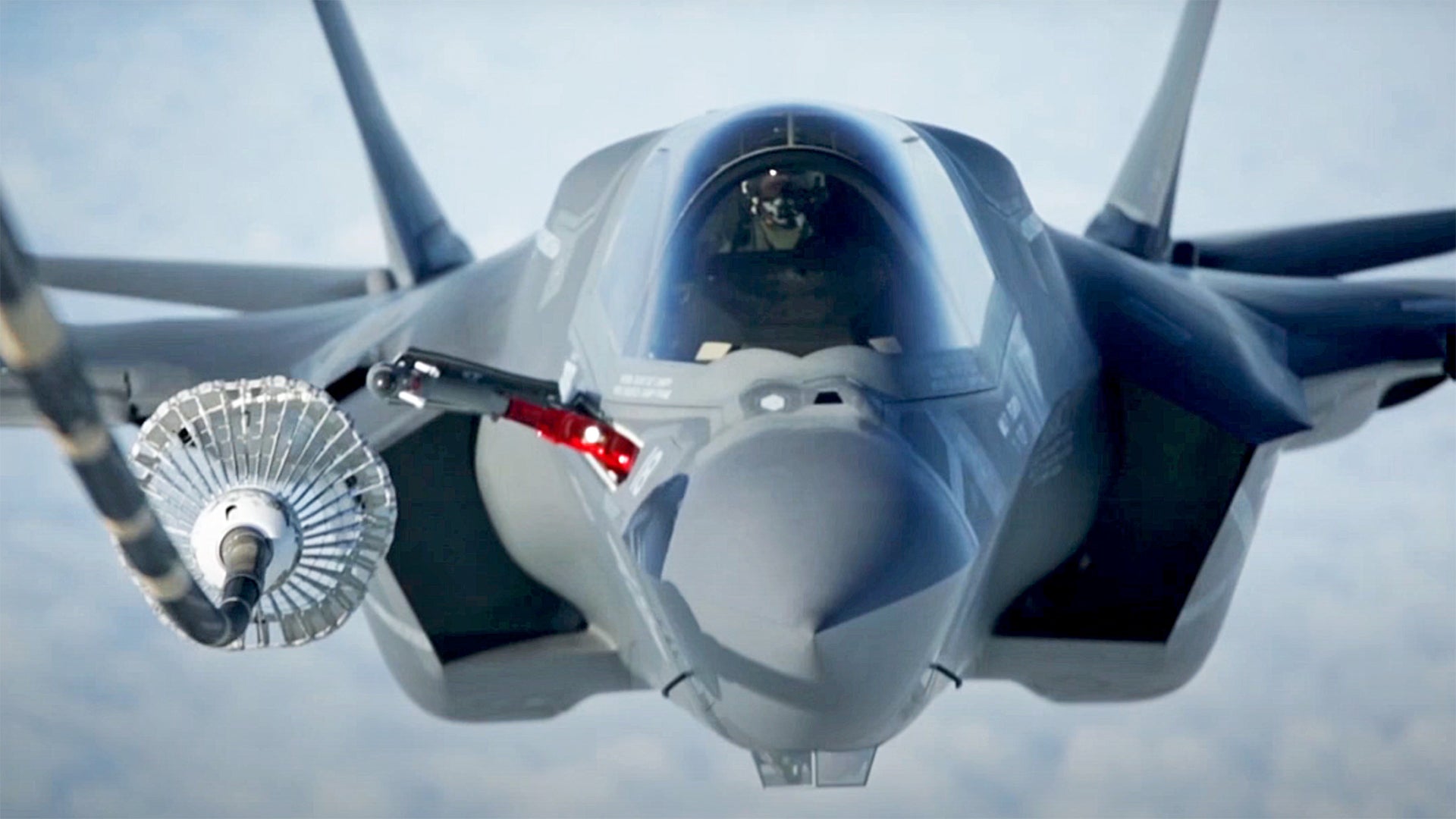
The stealth guys will be going nuts. Can you fit it in a pod?Add a search light, like Finnish and Swiss Hornets have? That might be major, though.
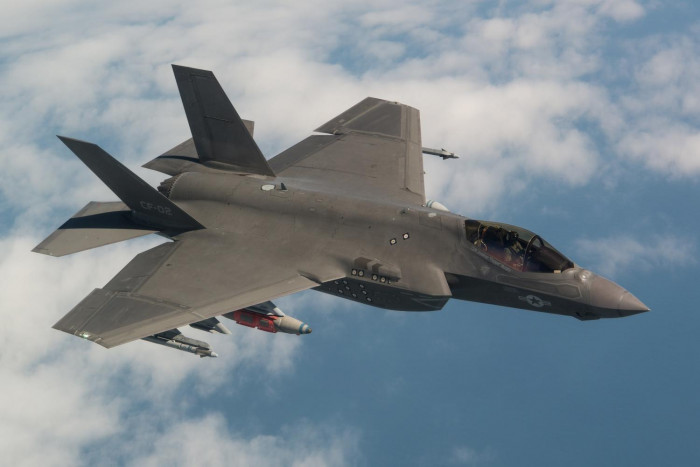
The Royal Thai Air Force is eyeing the procurement of eight US-made F-35 stealth jets, the world's most advanced warplane, to strengthen national defence, said its commander-in-chief ACM Napadej Dhupatemiya.
ACM Napadej said the air force needs a new fleet of fighter jets as the ageing F-5 and F-16 aircraft have been in service for more than three decades.
ACM Napadej said the budget planning for an F-35 acquisition project will be initiated in the 2023 fiscal year, which started in October, and the air force is prepared to answer all questions if it chooses to press ahead with the purchase.
A panel will be set up to study the aircraft procurement programme to justify the air force's request for funding, he said.
With the new Swedish-made Saab Gripen priced at $85 million per unit, Lockheed Martin's product is not out of reach, ACM Napadej said. Depending on negotiations, unit prices of the F-35 can be brought down to just above $70 million each, he said.
Also of interest is the talk of Loyal Wingman and the possible thinking of teaming with F-35s so as to have a reduced fleet.an interesting part in that article
With the new Swedish-made Saab Gripen priced at $85 million per unit, Lockheed Martin's product is not out of reach, ACM Napadej said. Depending on negotiations, unit prices of the F-35 can be brought down to just above $70 million each, he said.
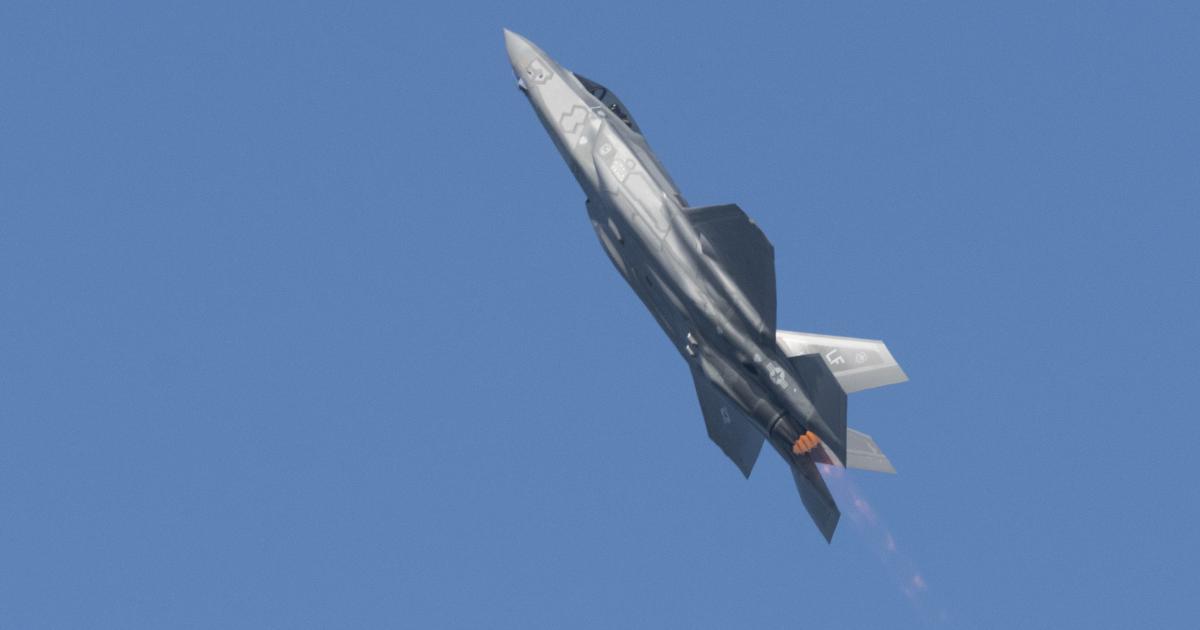
I don't know the exact numbers but looking at the fact that the Swiss put 50,000 flying hrs on their Hornet fleet in about 10yrs, one is looking at something in the vicinity of 5000hrs/yr for the main fighter fleet (excluding the F-5s).
The Swiss Picked the F-35 on Price. The Pentagon Should Listen
After a three-year competition between the UK/German Eurofighter, the French Rafale, Boeing’s F/A-18E/F, and Lockheed Martin’s F-35A, the Swiss government has selected the Joint Strike Fighter to replace their aging F/A-18s. The Swiss determined the F-35A was the most capable of the three...www.heritage.org
Interesting to note author does not include expected annual flight hours. I mean, it's the Swiss. How much can they be flying each year? The country is over 2.5 times smaller than Ohio.
Also, there's flying, and there's flying.I don't know the exact numbers but looking at the fact that the Swiss put 50,000 flying hrs on their Hornet fleet in about 10yrs, one is looking at something in the vicinity of 5000hrs/yr for the main fighter fleet (excluding the F-5s).
The Swiss Picked the F-35 on Price. The Pentagon Should Listen
After a three-year competition between the UK/German Eurofighter, the French Rafale, Boeing’s F/A-18E/F, and Lockheed Martin’s F-35A, the Swiss government has selected the Joint Strike Fighter to replace their aging F/A-18s. The Swiss determined the F-35A was the most capable of the three...www.heritage.org
Interesting to note author does not include expected annual flight hours. I mean, it's the Swiss. How much can they be flying each year? The country is over 2.5 times smaller than Ohio.
Something similar used to occur with the RAAF and RCAF F/A-18s which were building up a different fatigue profile to the USN/USMC due to the different profiles they typically flew. Hence the joint Canadian and Australian F/A-18 International Follow-On Structural Test ProjectNot sure about Swiss flight profiles but the Finnish ones tend to have you manoevring soon after take off. You don't necessarily need long distances to fly lots of hours and pull lots of Gs.
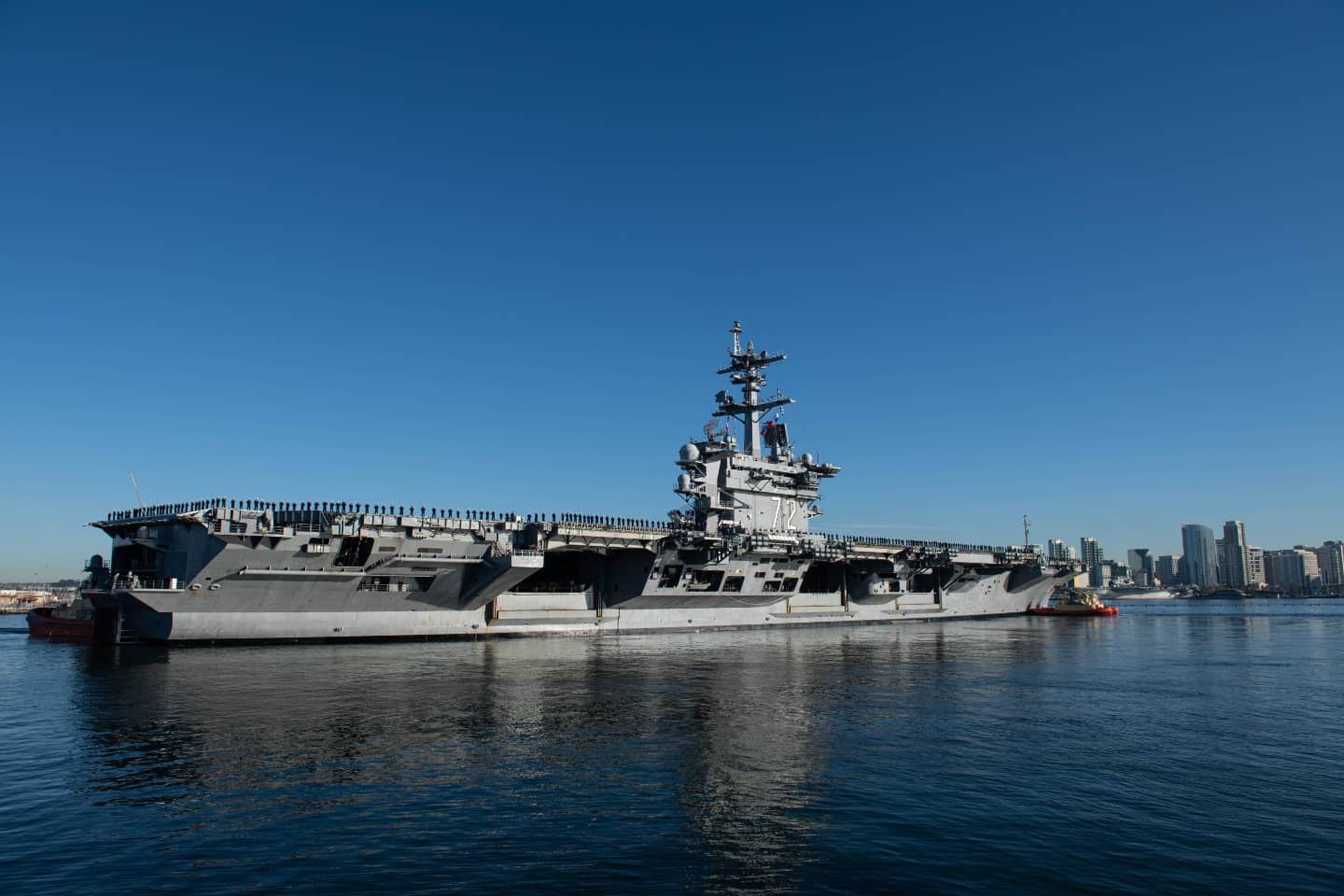
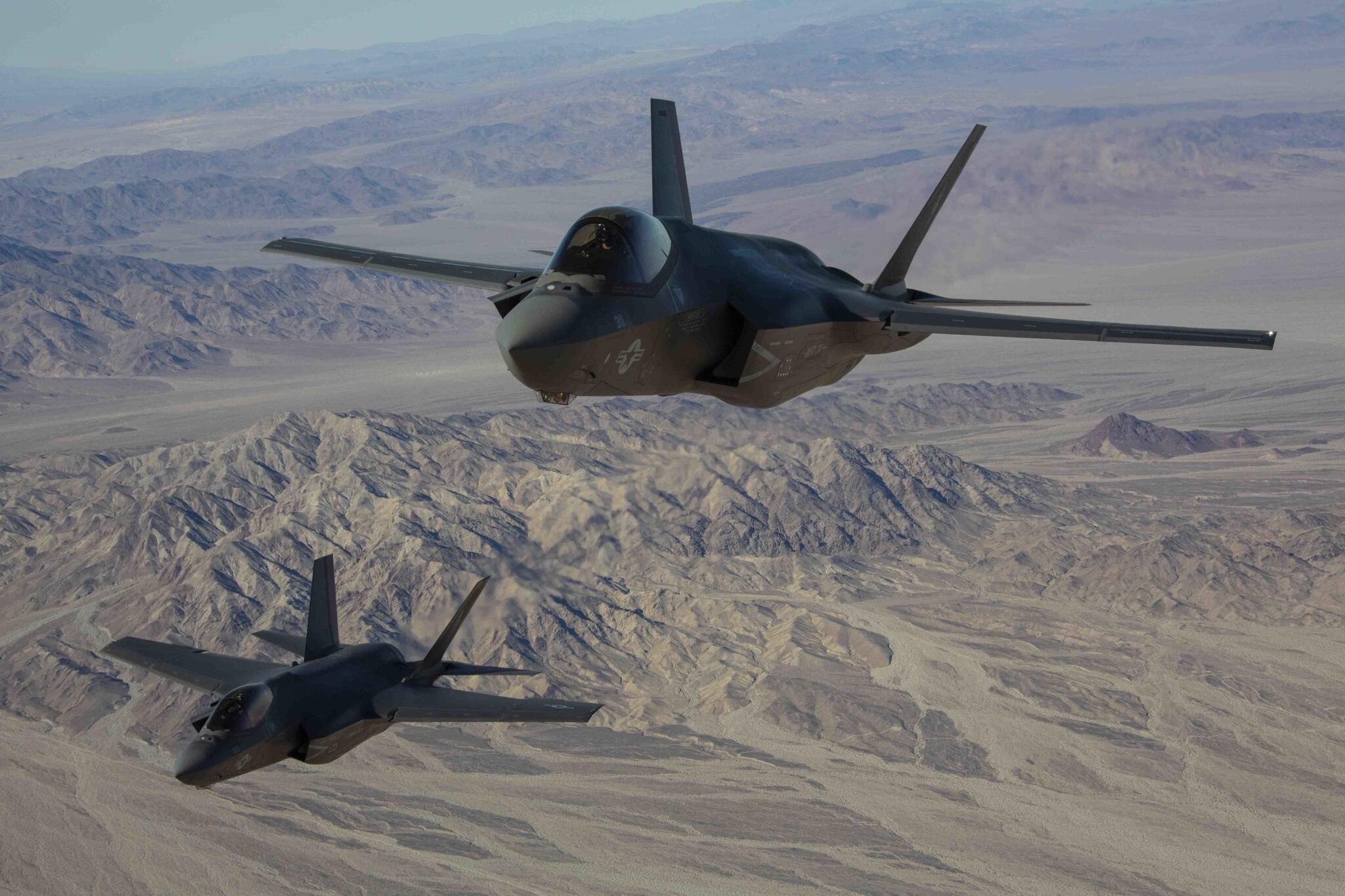
How many are in the 3 services?
Of which country??How many are in the 3 services?
